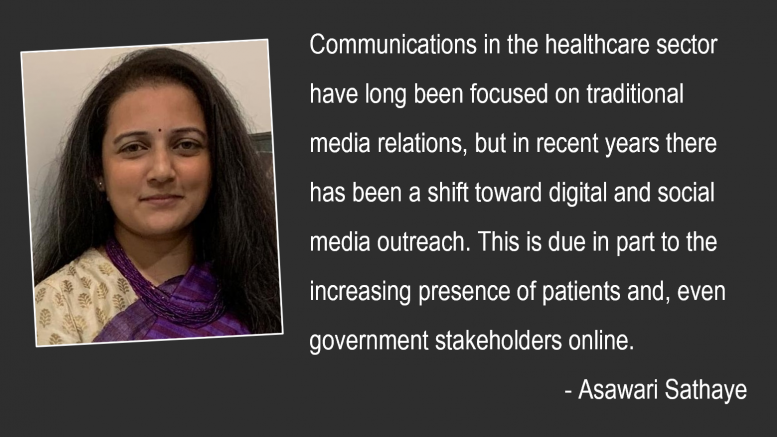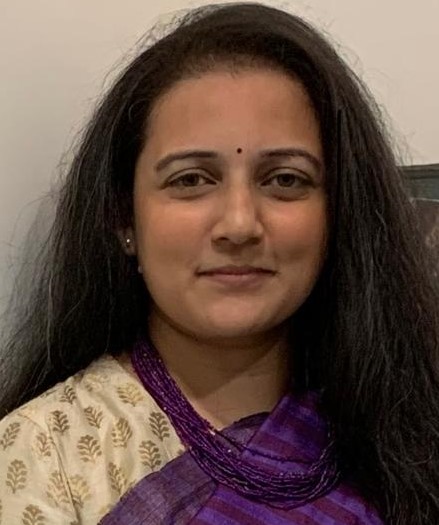The communication landscape in healthcare has changed significantly over the past few years. Especially with the pandemic, we have witnessed how healthcare communications have become more audience specific and have made a dramatic shift from offline to the realm of digital. The future of healthcare communications is more dynamic than ever, and hence, it is becoming increasingly important for professionals in this field to stay up to date with new trends and technologies to remain relevant.
The evolving landscape of healthcare communication
Healthcare communications and overall healthcare marketing in India are set to grow by leaps and bounds due to several factors. The first, of course, is the explosive growth of the healthcare sector itself. The healthcare market in India is expected to reach US$ 372 billion by 2022, driven by rising income, better health awareness, lifestyle diseases, and increasing access to insurance[i]. The second is the increase in marketing expenditures. As the circle of the healthcare ecosystem continues to expand to include multiple players, the pocket share of healthcare investment will only continue to rise.
A shift toward digital platforms
As the healthcare industry continues to evolve, so too does the role of healthcare communications. In an increasingly digital and virtual world, healthcare communications must adapt to meet the ever-changing needs of patients, providers, and other key stakeholders.
Communications in the healthcare sector have long been focused on traditional media relations, but in recent years there has been a shift toward digital and social media outreach. This is due in part to the increasing presence of patients and, even government stakeholders online. With the advent of social media and smartphone penetration in the country, more audiences are relying on online platforms as sources of information. Healthcare communication specialists must, then, be prepared to not only create content for these channels but also engage in two-way conversations with key stakeholders.
While the influence of online and digital media is increasing, it will be critical to be mindful of the hyper-local nature of healthcare. The role of some of the traditional media techniques is not redundant and in fact, we could leverage some of the digital tools to improve their efficiency for better resonance.
Patients at the core of communication
Patient engagement will be at the forefront of all healthcare communications initiatives. Patients are no longer passive recipients of information; they are active participants in their care who expect to be involved in every step of the decision-making process. This requires a shift from one-way communication to two-way dialogue that considers the unique needs and perspectives of each patient.
In addition, as patients become more empowered, they are also taking on a greater role in shaping the narrative around their health and well-being. This means that a 360-degree communication strategy will be required which includes traditional, social, and influencer outreach tactics to engage with them. Customising the messaging and many times also using the regional language helps in better outreach.
Leveraging data analytics
Another change that healthcare communication specialists are facing is the increasing importance of data analytics. In the past, much of healthcare communications were focused on raising awareness about a particular issue or product. However, with the advent of big data, there is now a greater emphasis on using data to understand how people feel about specific issues and products. This allows communication professionals to tailor their messaging to better appeal to their target audience.
Summary:
We see a changing role for communicators — a role that is deeper and broader, and more strategic than ever. The tumultuous changes in business and in how consumers communicate today have created the perfect storm. Never has there been a greater opportunity for us as communicators to enable change and help create a unified voice that puts patients first.
The views and opinions published here belong to the author and do not necessarily reflect the views and opinions of the publisher.



Be the first to comment on "Changing the Paradigm of Healthcare Communications. Keeping Patient Centricity at the Core of Healthcare Communications"